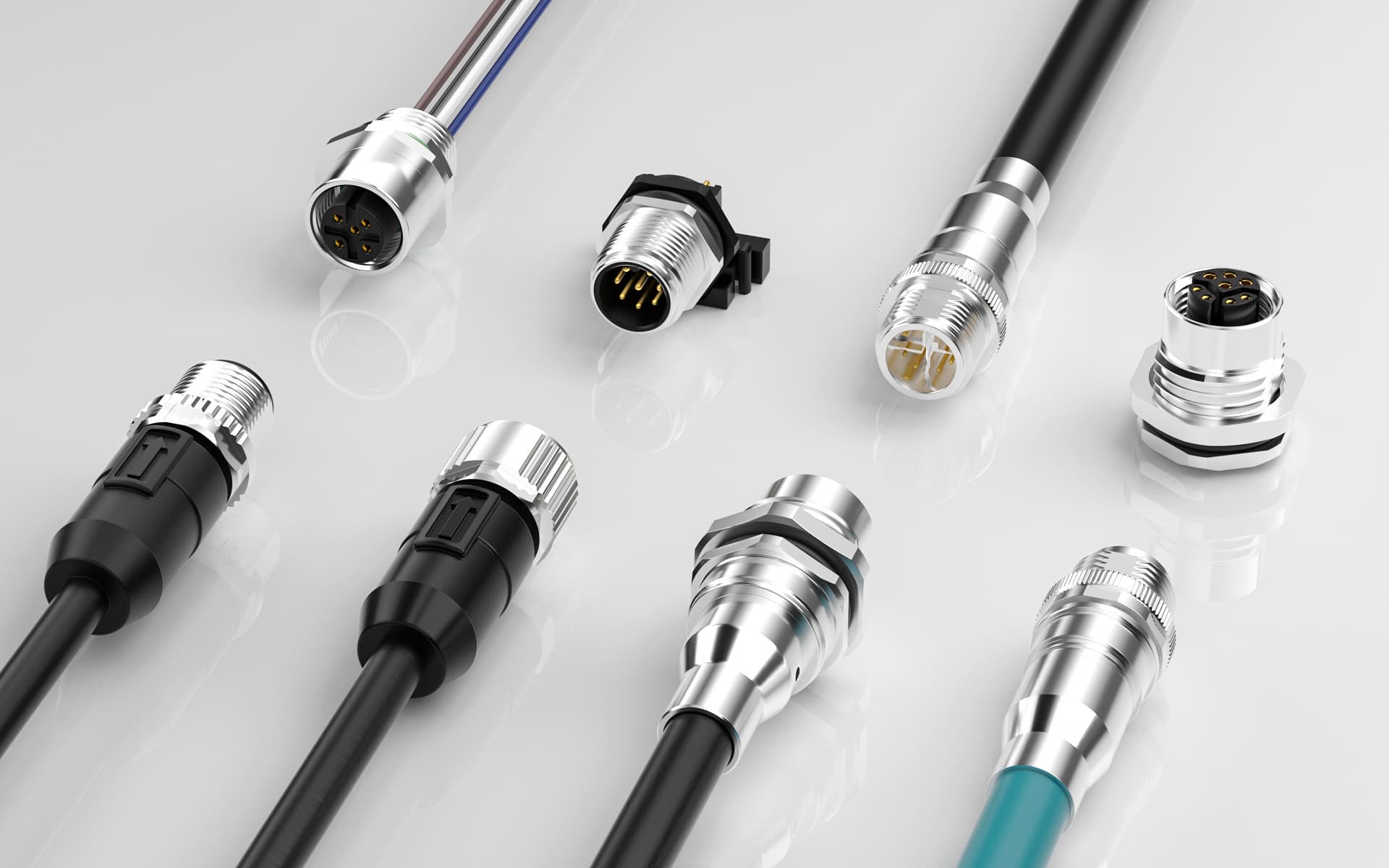Heat shrink tubing is an emerging insulation material widely used in various industries such as electronics, power, and household appliances.
Heat shrink tubing only needs to be expanded with hot air and cooled while maintaining its deformed state, and it will undergo recrystallization to fix this deformed state. The fixed state can improve the compressive strength, electrical characteristics, and sealing performance of the connection position, providing strong guarantees for the stable operation of electronic devices.
In connector design, heat shrink tubing can be applied to positions such as wire welding ends, connector seals, and wire casings. On the one hand, heat shrink tubing can provide stress relief for connectors and joints, and offer greater flexibility. On the other hand, it can effectively resist the challenges of harsh environments. Whether it is wear, UV radiation, or chemical erosion, heat shrink tubing can provide reliable protection for connectors with its excellent chemical resistance, UV resistance, waterproof and flame-retardant properties. In addition, the good sealing performance of heat shrink tubing can prevent moisture and resist erosion from water, bacteria, mold, and fuel, further extending the service life of the connector.
In the heating operation of heat shrink tubing, common heating tools include drying ovens, air furnaces, hair dryers, or alcohol spray lamps. But during the heating process, it is necessary to ensure that the heat shrink tubing is uniformly heated and the temperature cannot exceed the specified upper limit. If the heat shrinkage is uneven, it will result in uneven wall thickness after closing, affecting the effectiveness of use; However, overheating may burn the outer layer of the heat shrink tubing and reduce its performance.
